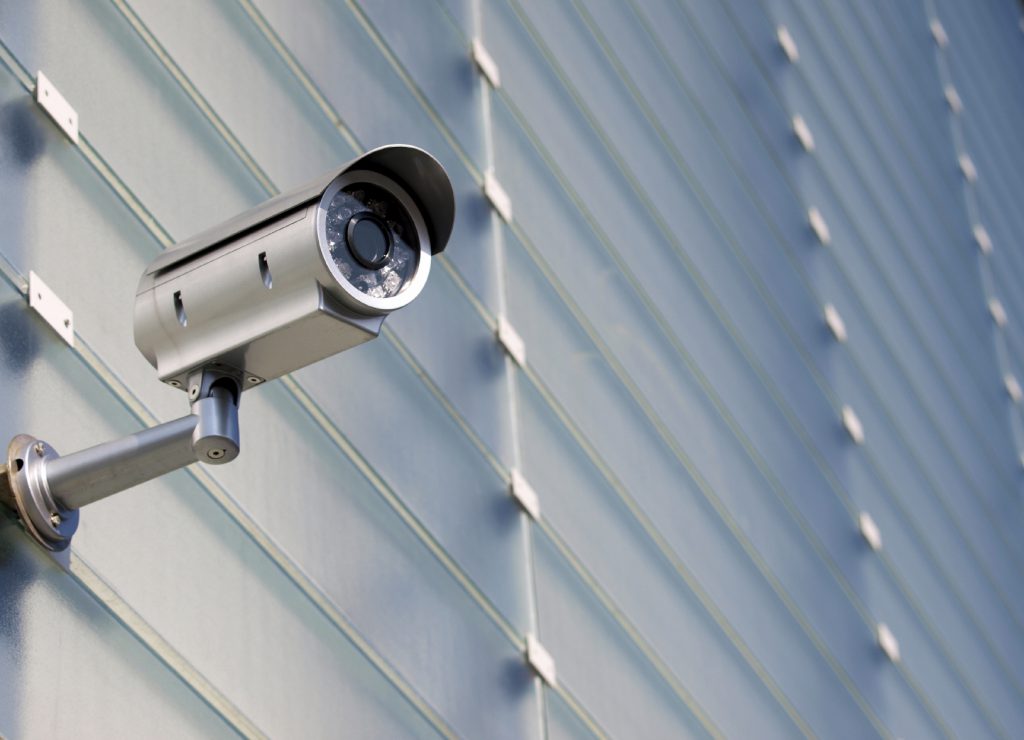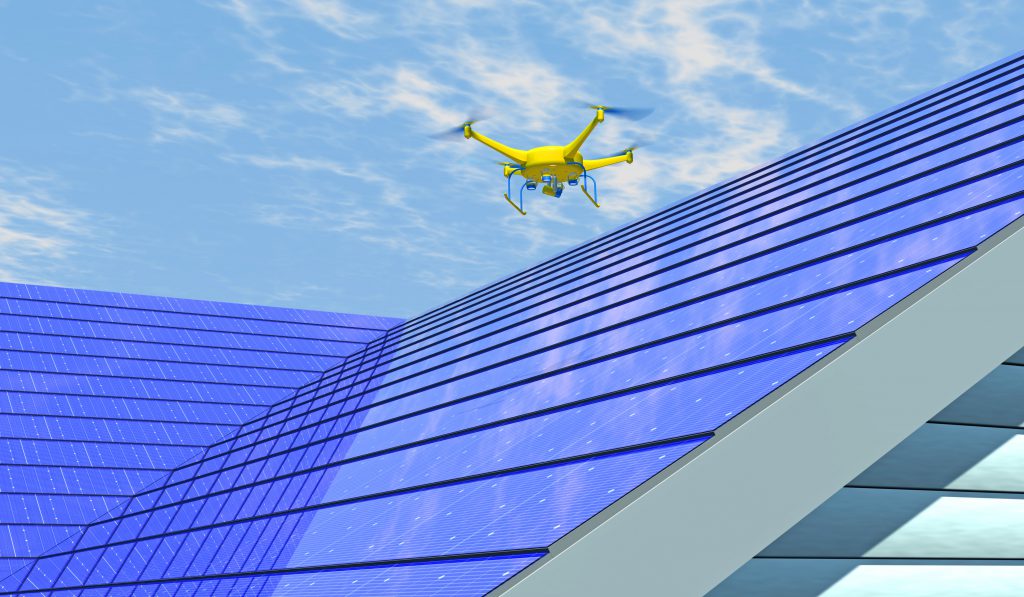CCTV was first used in WWII; a camera was created inside of a box to monitor the launch of the Germans’ V2 rocket.
It’s been over 75 years since this conception, and while the use has certainly changed, with CCTV now used almost exclusively to detect criminal activity both domestically and commercially, little has changed of its capabilities.
However, technology continues to become more and more advanced and shows no sign of stopping.
The internet of things — a heightened intelligence and interconnectedness between all technological devices — is already emerging and looks set to cement itself as a standard for homes. We can therefore assume that CCTV is going to improve — perhaps even drastically — in both the near and far future.
CCTV In The Future
Improved resolution – The first change we can expect of CCTV in the near future is the improved image quality the camera can shoot and display at, all while being readily available for the average consumer at an affordable price.
With TVs and mobiles phones already utilising ultra-high-definition, 4K and even 8K resolutions, it’s only a matter of time before these displays reduce in price and get implemented in CCTV cameras as standard.
This will greatly benefit security as it will allow for greater detail to be captured and displayed, leading to more criminals being recognised and caught.
3D motion detection – Motion detection in CCTV isn’t new, but 3D motion detection takes this technology to the next level.
3D motion detection will be able to recognise someone’s movements and use heightened intelligence to deem these movements as ‘suspicious activity’.
This is already being trialled in Japan, where a security system called AI Guardman has reportedly help to reduce shoplifting by 40% using 3D motion detection technology.
The camera can instantly recognise suspicious activity and will then alert the shopkeeper via an app. This technology will likely soon become widespread and used in domestic CCTV as well as commercial.
Drones – As of right now, CCTV is mostly stable, with some slight movements creating a wider view of the recorded area.
However, in the near future, CCTV will likely become used on drones. Drones are able to fly, meaning they are able to patrol multiple areas using a single camera (although more can be added if desired).
Far future
Disguised cameras – CCTVs are big and bulky. While this can be handy for deterrence, it also provides criminals with vital information.
They’re aware of the type of CCTV camera that is being used, as well as the areas it is recording.
Using hidden cameras will help to catch criminals out when they’re least expecting it.
These hidden cameras will perfectly mimic the look and behaviour of certain garden life, such as flowers and bugs, and will be able to record in ultra-high-definition.
The widespread use of these cameras will act as superior deterrents, as criminals would have no way of knowing whether CCTV has been implemented, and thus will always suspect there being a risk.
Automatic face recognition – As the internet of things becomes more prevalent in society and technology becomes highly communicative, we’ll likely see CCTV systems that will automatically detect an intruder’s face and feed the image back to a database, where it will then obtain the culprit’s profile and send it directly to the police.
This will be achieved in a matter of seconds, and will provide police with instant, accurate information to catch criminals.
Protect & Detect is a leading fire safety and security company, servicing Ipswich, Colchester, Cambridge, Bury St. Edmunds, Chelmsford and beyond.
Protect & Detect offers a wide range of fire safety and security services including; fire alarms, fire extinguishers, burglar alarms, intruder alarms, fire sprinkler systems, access control, door entry systems, CCTV, barriers, nurse and warden calls. Contact our friendly team today for a quick quote.



